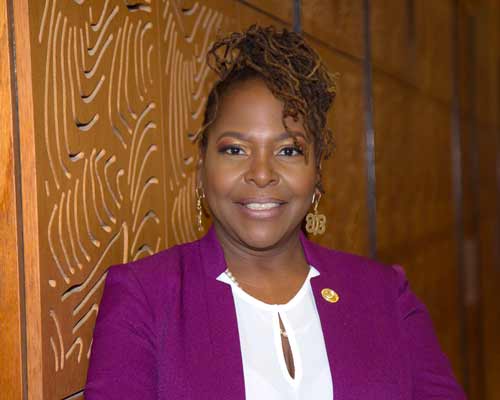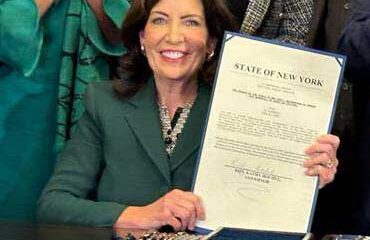City Politics
A Blueprint for the Freedom Party
By Alton H. Maddox, Jr.
While a political party may be established at any time, a political party with ballot status in New York can only occur during a gubernatorial election which, in New York, is every four years. A general election for governor of New York will occur on November 2, 2010. To achieve ballot status, the political party must collect 50,000 votes.
If a political party fails to collect 50,000 votes in a gubernatorial election, it will lose ballot status for the next four years. This means that its statewide candidate for governor must gather 15,000 valid signatures once again. The Working Families Party, for example, lost its ballot status four years ago.
The Freedom Party intends for its petitioning in 2010 to be “one and done”. Once it acquires ballot status, it may nominate its gubernatorial candidate. An example is the nomination of Andrew Cuomo for governor in 2010. By petitioning, however, the person carrying the petition of Charles Barron gets the opportunity to engage the voters during the petition drive.
It is very important to distinguish a designating petition from an independent nominating petition. A designating petition is associated with a primary. On the other hand, an independent nominating petition is associated with a general election.
Any registered voter can vote in a general election and any registered voter can sign any independent designating petition. The names of the statewide slate of the Freedom Party will appear on the ballot in November and not on the ballot in September. The general election happens in November. In New York, only an enrolled member of a political party can vote in its primary.
Before Smith v. Allwright (1944), Blacks were usually barred from voting in primaries. They were referred to as “white primaries”. In this country, there have always been barriers to voting. Universal suffrage is not respected. Thurgood Marshall hailed Smith v. Allwright as his greatest legal victory.
Marshall elevated politics over education. Brown v. Board of Education would be decided in 1954. The sine qua non of politics is the selection and not the election of candidates. The South operated under a one-party system; namely, states’ rights. This was the overt agenda of the Democratic Party before 1968.
Terrorism was the instrument employed before the Voting Rights Act of 1965 to enforce “white primaries.” Co-optation is the tool employed today. Leading Blacks are paid-off not to resist white supremacy. This enables white supremacists to hand-pick “our” Black elected officials. Thus, Black voters endorse their own oppression.
Neither the Democratic Party nor the Republican Party was established to abolish slavery. The “founding fathers” of the Democratic Party include Thomas Jefferson and Andrew Jackson. They were white supremacists. Jefferson penned “Notes on Virginia”. Jackson nominated Roger Taney to head the U.S. Supreme Court. Taney wrote the Dred Scott decision. White Democrats still honor them.
The disenfranchisement of Black and Latino felons must be a concern of the Freedom Party. Our voting ranks are being depleted. In New York, half of the parolees and probationers are Black and a third are Latino. Only Maine, Vermont, Utah and Massachusetts lack a criminal disenfranchisement statute of “one type or another”.
Felony convictions are wreaking havoc in New York. Although the Rockefeller drug law has been softened, New York still refuses to enact “second chance” legislation for ex-felons. Decent employment opportunities still continue to escape them. The lack of “second chance” legislation boosts recidivism.
The three-fifths provision of the U.S. Constitution still apply to Black felons without equivocation. It was sanctioned by the Thirteenth Amendment. Thus, Black and Latino felons are counted in their places of incarceration and not their actual places of residence. They are incarcerated in areas that are hostile to Blacks and Latinos.
Political leverage will be important for the Freedom Party and it will start on August 11. This should be our initial shock in New York politics. It will start with our submission of at least 100,000 signatures to the Board of Elections. This would be more that six times the statutory minimum of 15,000 valid signatures.
In 1994, the Freedom Party was a novice in politics. Yet, the party was able to collect more than 53,000 signatures without the organization nor personnel that exists today. Today, the Freedom Party should be able to easily double its efforts of 1994 although our access to the Black media is more accessible than it was in 1994.
In 2009, Mayor Michael Bloomberg, a Republican, could not leave home without the Independence Party. In 2010, Andrew Cuomo, a Democrat, has said that he is unable to leave home without the Independence Party. When Councilman Barron secures 500,000 votes, no Democrat nor Republican candidate for statewide office will be able to leave home without the Freedom Party.










